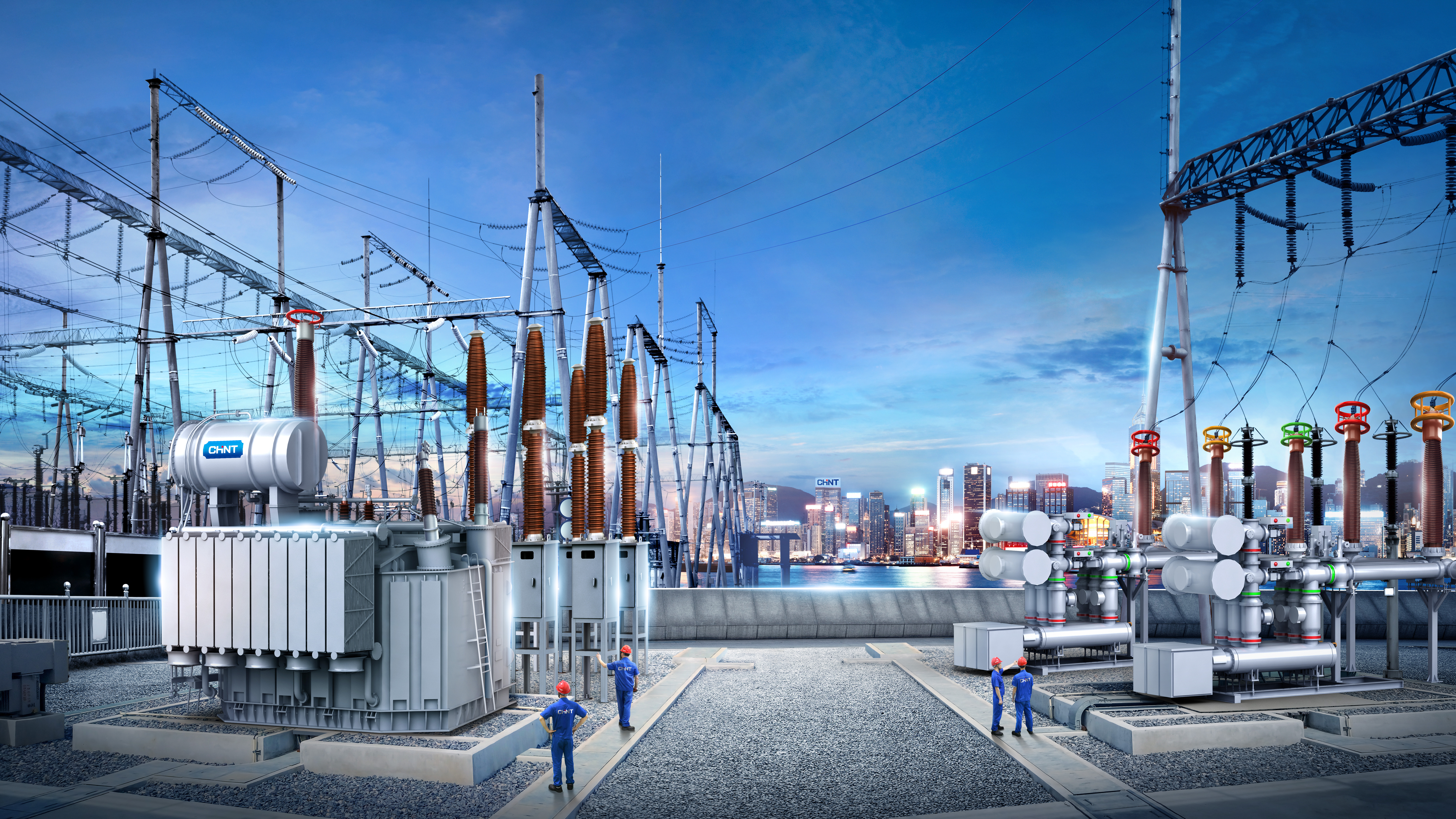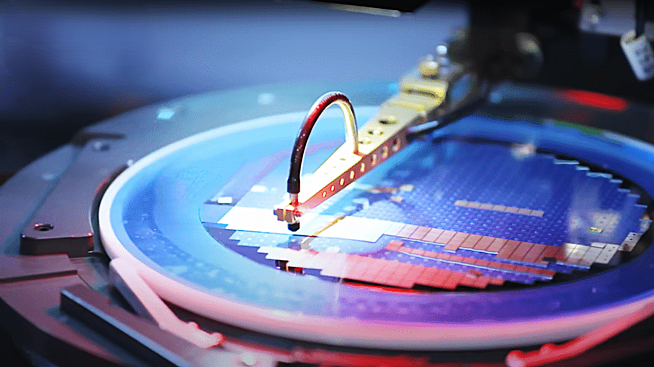Power quality is critical in our modern society. Industries, household appliances, and communication networks depend on high-quality power. They all rely on stable electrical networks. Sensitive electronic devices demand consistent and clean power. Controlling harmonics is hence crucial. So is reducing total harmonic distortion. This article explores their impact.
What Are Harmonics and Total Harmonic Distortion (THD)?
Harmonics in electrical systems are voltage or current waveforms at multiples of the fundamental frequency, which distort the ideal sinusoidal waveform in electrical systems. Total Harmonic Distortion measures these unwanted signals. It indicates how much a power signal deviates from an ideal sine wave. THD quantifies the degree of waveform distortion, providing a key metric for evaluating power quality. These harmonic distortions can impact equipment performance. They emerge from non-linear electrical devices and can cause significant challenges in power networks.
Sources of Harmonics
Harmonics emerge from various electrical and electronic sources. They are typically generated by nonlinear electrical equipment that draws current disproportionately to voltage. The common sources include:
Nonlinear Loads
Frequency converters create harmonic distortions. Variable frequency drives (VFDs) used with electric motors are significant sources of harmonics. Power electronic devices like switch-mode power supplies introduce significant harmonic content.
Power System Equipment
Transformers produce harmonic currents. Rectifiers are also a common source. They cause substantial waveform distortions. These components contribute to overall system harmonics.
Renewable Energy Systems
Wind turbines generate complex electrical signals. Solar inverters introduce harmonic components during power conversion. These renewable technologies impact power system characteristics.
Impact of Harmonics
Harmonics create significant challenges in electrical systems. Understanding their implications is crucial for learning what is harmonics in electrical and maintaining power quality.
Effects on Electrical Equipment
Electrical devices suffer from harmonic distortions. Performance and longevity are directly impacted by these unwanted waveforms. The effects on electrical equipment include:
Heat Generation
Electrical harmonics increase electrical load dramatically. They reduce efficiency by causing increased reactive power and energy loss. Unnecessary heat generation causes accelerated equipment wear. Thermal stress builds up quickly in electrical components. Insulation materials degrade faster under harmonic conditions.
Equipment Damage
Long-term harmonic exposure leads to potential failures. Critical components experience premature deterioration. Electrical windings suffer increased thermal stress over prolonged periods of harmonic exposure. Electronic circuits become more prone to unexpected breakdowns.
Efficiency Loss
Harmonic currents create additional energy losses. System performance deteriorates significantly due to the presence of harmonic currents. Power consumption rises unnecessarily and energy waste becomes a persistent operational challenge.
Effects on Power Systems
Power networks experience substantial challenges from harmonics. The primary effects include:
Voltage Fluctuations, Frequency Instability
Harmonics cause frequency instability. Electrical networks experience unpredictable performance variations. Voltage waveforms become distorted and power quality deteriorates rapidly.
Increased Transmission Losses, Reduced System Reliability
Harmonic currents increase system resistance. Overall power transmission reliability decreases as a result. Additional energy is consumed unnecessarily and infrastructure experiences accelerated wear.
Effects on Other Devices
Harmonics impact various technological systems. Harmonics also affect systems beyond conventional power equipment, including:
Communication Interference
High-frequency electrical harmonics disrupt communication signals. Network performance suffers significant degradation. Data transmission becomes unreliable and signal integrity is compromised.
Sensitive Equipment
Precision instruments experience performance challenges because of harmonics. Medical devices such as imaging and monitoring systems may exhibit reduced accuracy or unexpected behavior. Their measurement accuracy decreases. Critical systems risk unexpected malfunctions.
How to Control Harmonics and Reduce THD?
Managing electrical harmonics requires strategic approaches. Multiple techniques can mitigate their negative impacts. These include:
Harmonic Filters
Specialized filters remove unwanted harmonic frequencies. They restore electrical waveform purity. Advanced filtering techniques minimize distortions. Sophisticated design is crucial too as it ensures optimal power quality.
Improved Equipment Design
Modern power electronic equipment incorporates filters or soft-start mechanisms to limit harmonic emissions. Advanced engineering minimizes distortion generation. Intelligent circuit designs acknowledge what is harmonics in electrical and hence, mitigate interference well.
Load Management
Intelligent load distribution is key to reducing harmonic generation. Strategic power consumption improves overall system performance. Balanced electrical networks become more stable too. Efficient load management systematically minimizes harmonic impacts.
Power Quality Monitoring
Continuous power quality monitoring identifies harmonic sources. Real-time analysis is crucial as it enables proactive management. Advanced diagnostic tools track performance. Predictive maintenance becomes possible with these.
CHINT: Your Trusted Provider of Power Quality Solutions
CHINT is committed to advancing global power infrastructure through the development of high-performance electrical solutions. Specializing in power quality management, CHINT delivers intelligent systems designed to enhance the performance, stability, and reliability of electrical networks.
One of CHINT's flagship products in the field of harmonic control and power quality optimization is the NZB379 controller. This advanced device offers a range of technical features tailored to modern power distribution systems:
- Advanced DSP core hardware platform with 8-way switching data inputs. These enable comprehensive system monitoring.
- Precise 3-phase current and voltage measurements with real-time power factor calculations.
- Sophisticated recording and alarming capabilities for immediate system status tracking.
- Robust RS485 communication interface supporting Mod Bus RTU protocol.
- Intelligent auto-switching functionality for passive compensation cabinets.
- Multi-parameter tracking including active power, reactive power, and energy consumption.
- Comprehensive protection mechanisms for critical electrical infrastructure.
Conclusion
Harmonics significantly impact electrical systems. They create performance challenges across various technological domains. Managing harmonics and THD ensures equipment longevity and energy efficiency.
CHINT’s advanced power quality solutions, such as the NZB379 controller, are engineered to meet the complex requirements of modern electrical networks. These technologies support enhanced system performance and ensure compliance with international power standards. For more information on CHINT's comprehensive product portfolio, please visit the official website.






